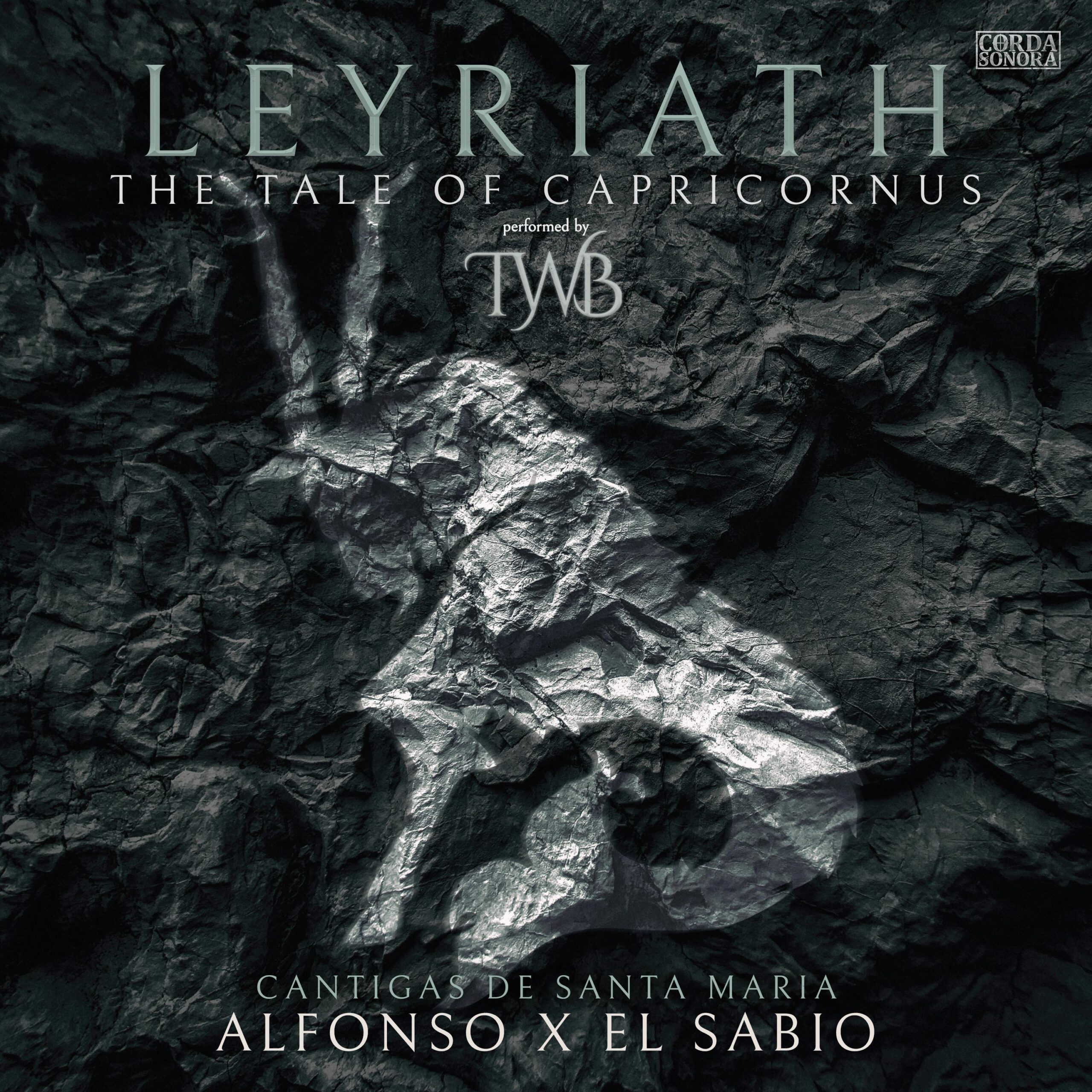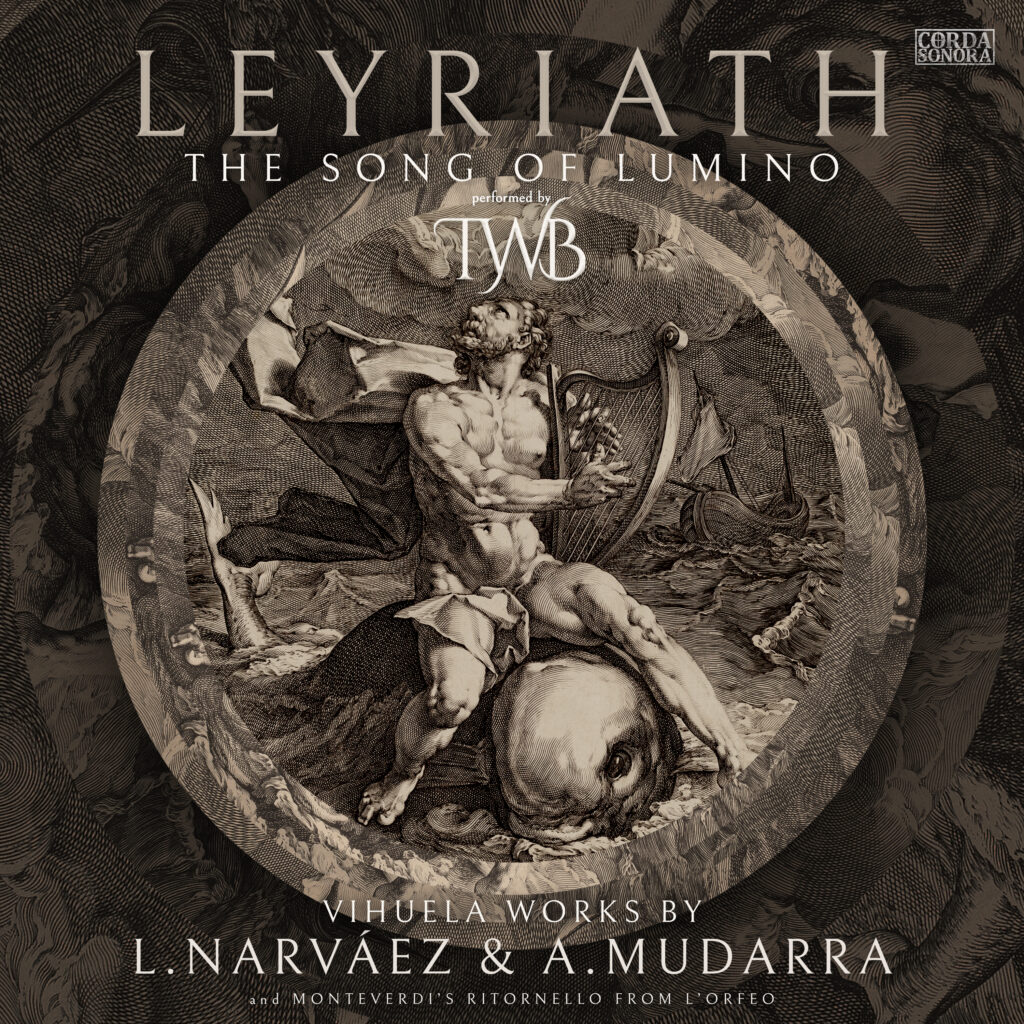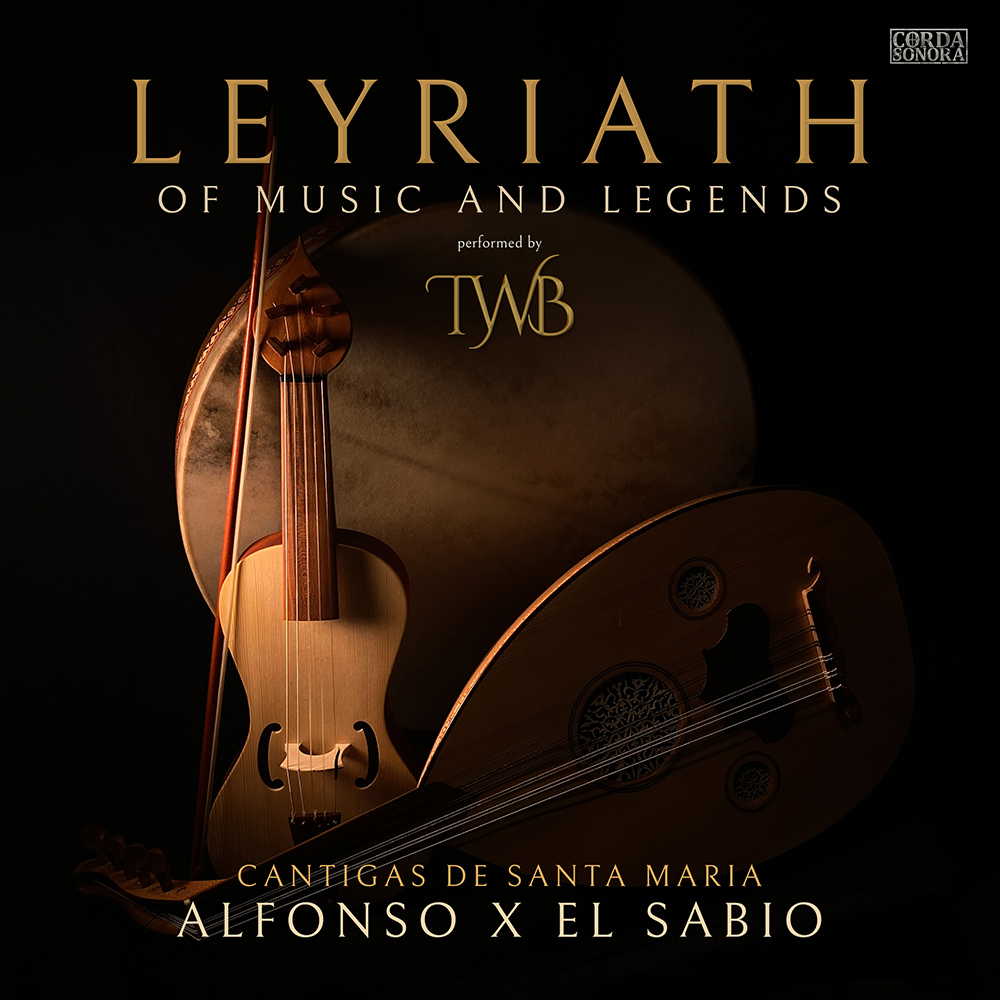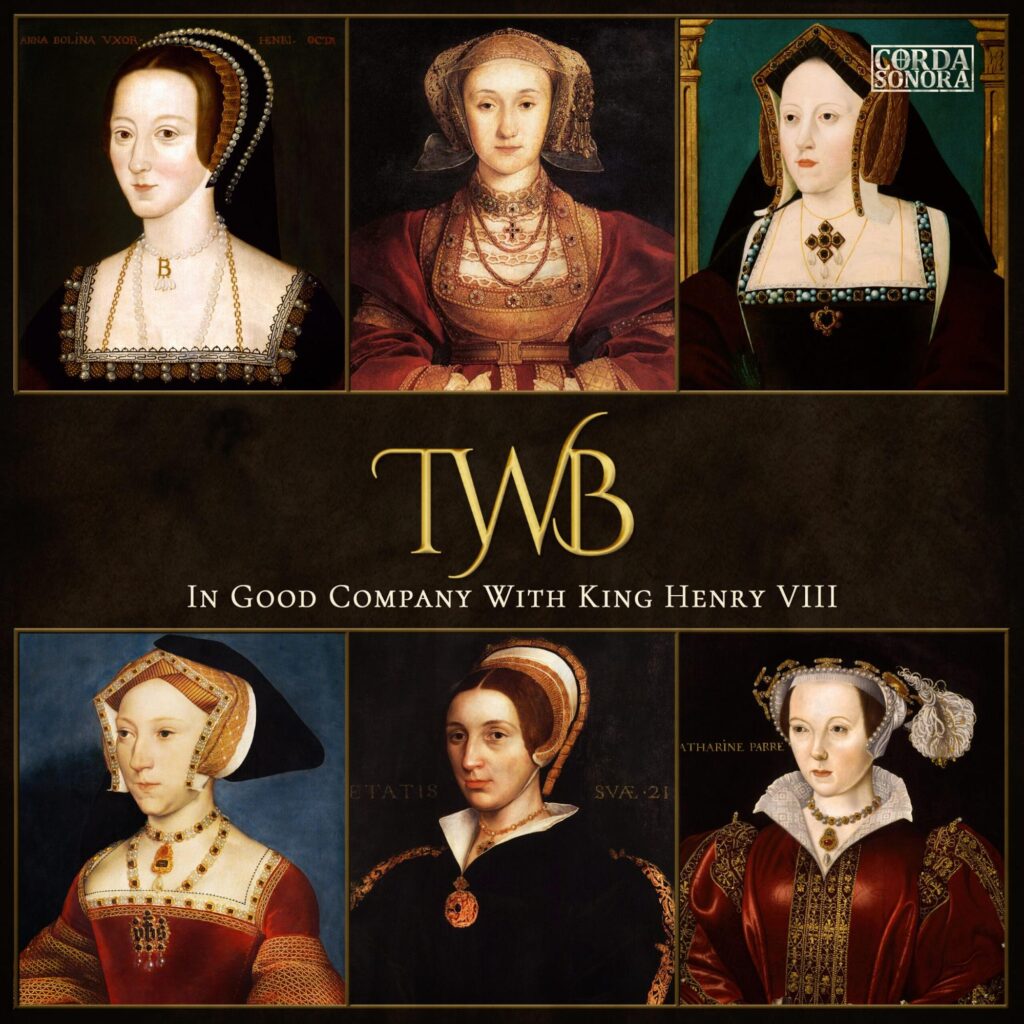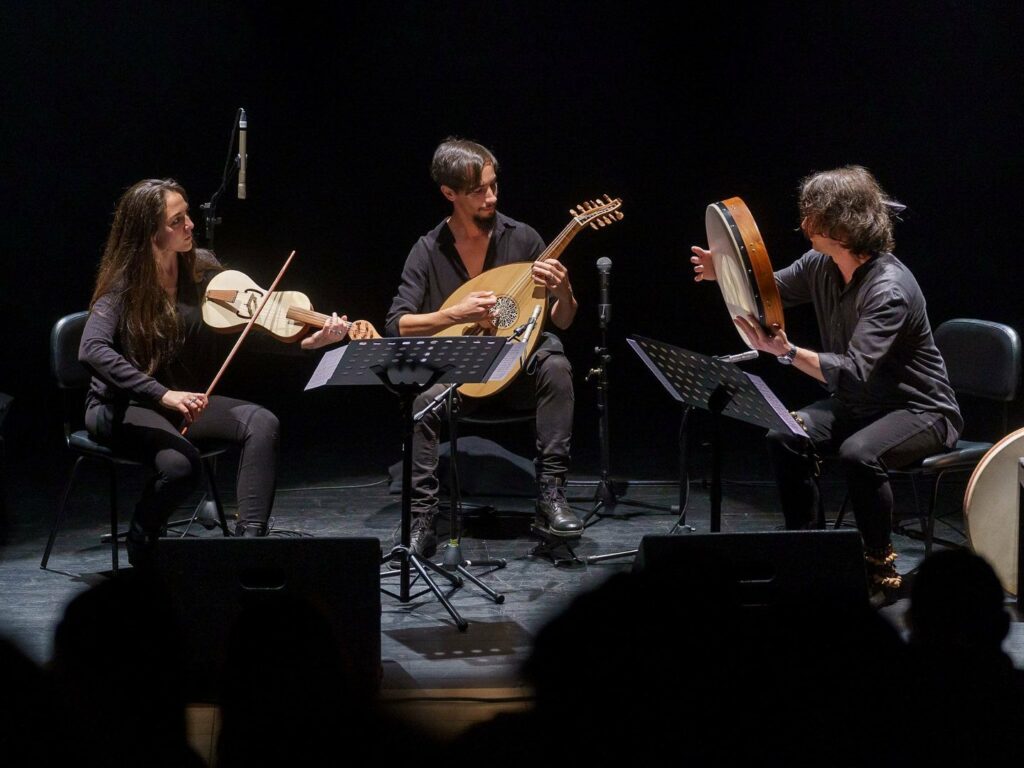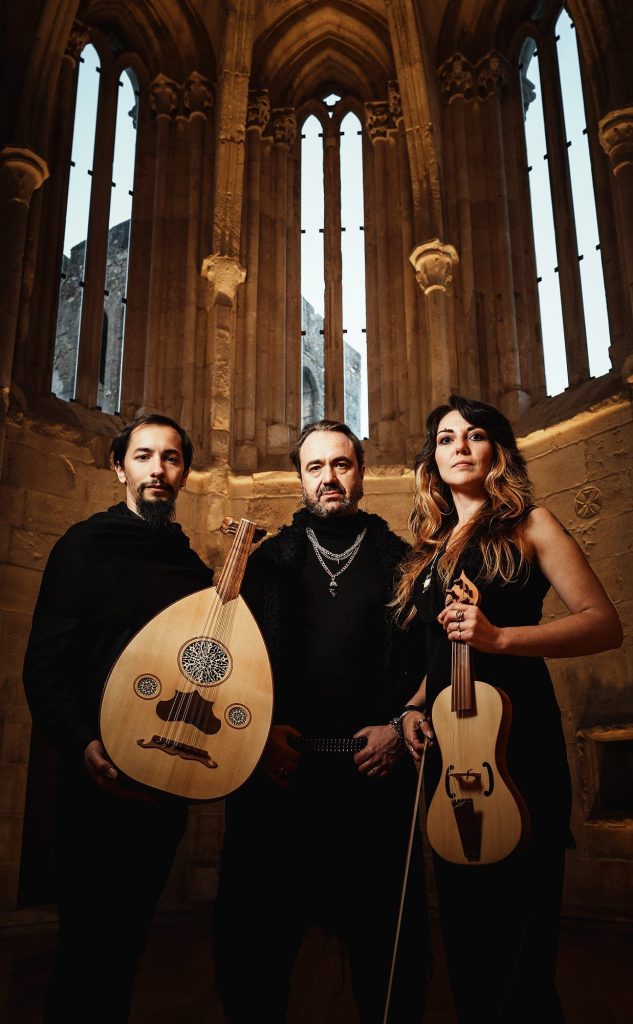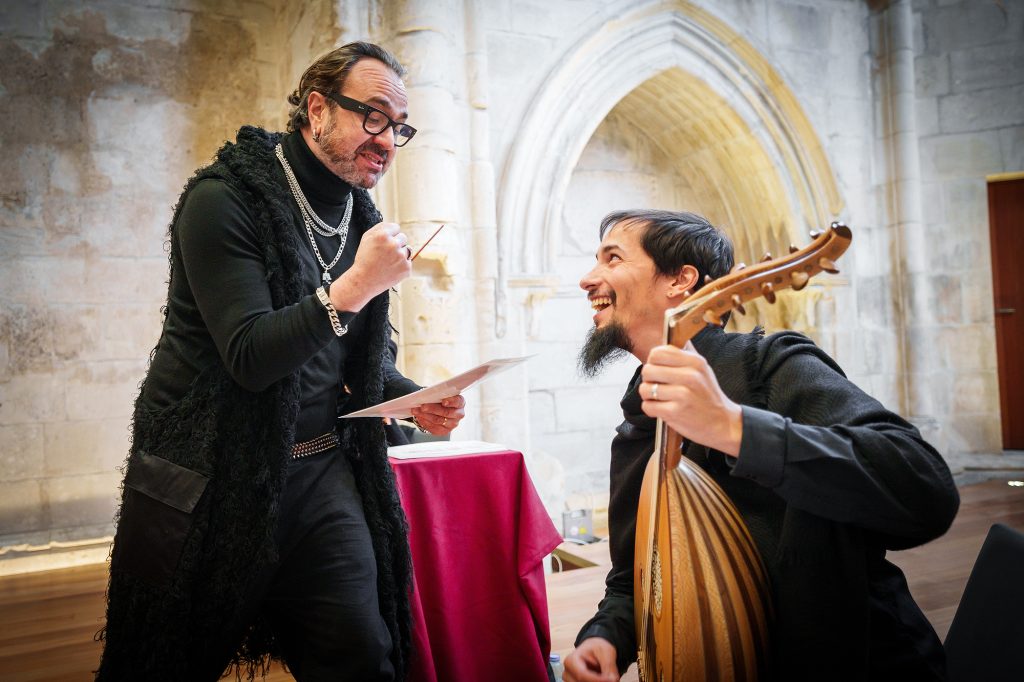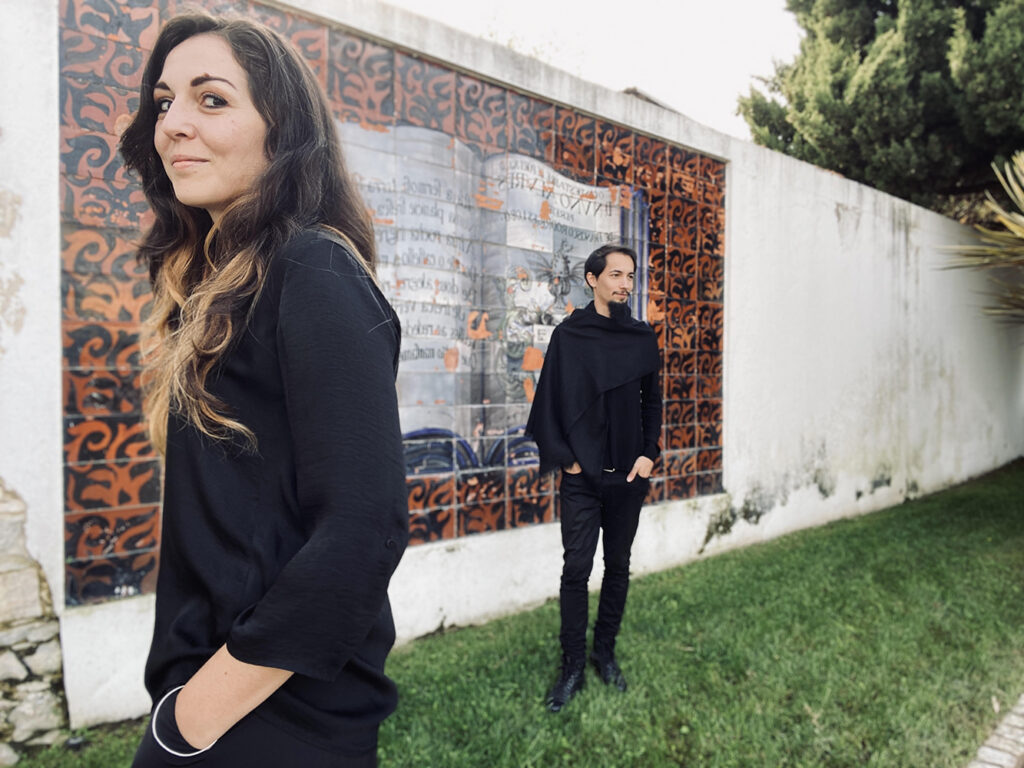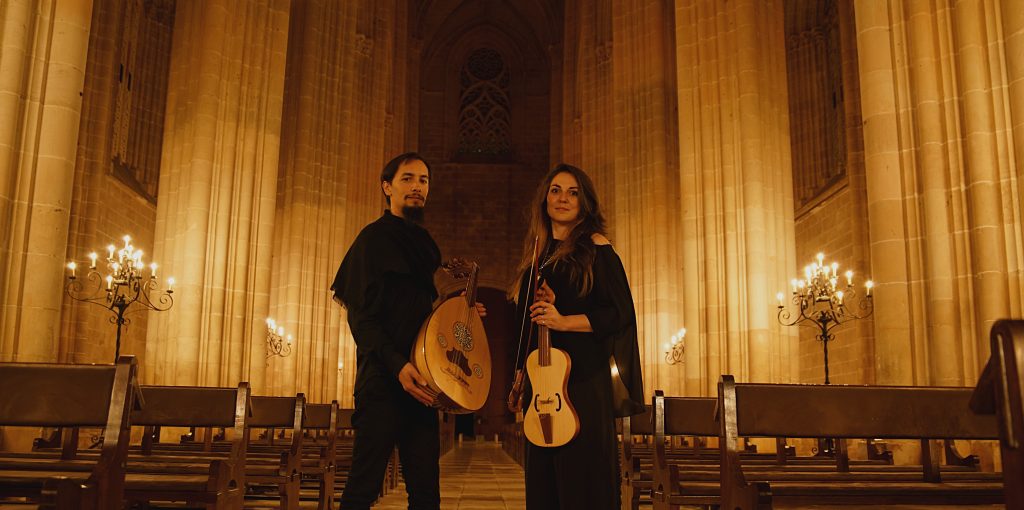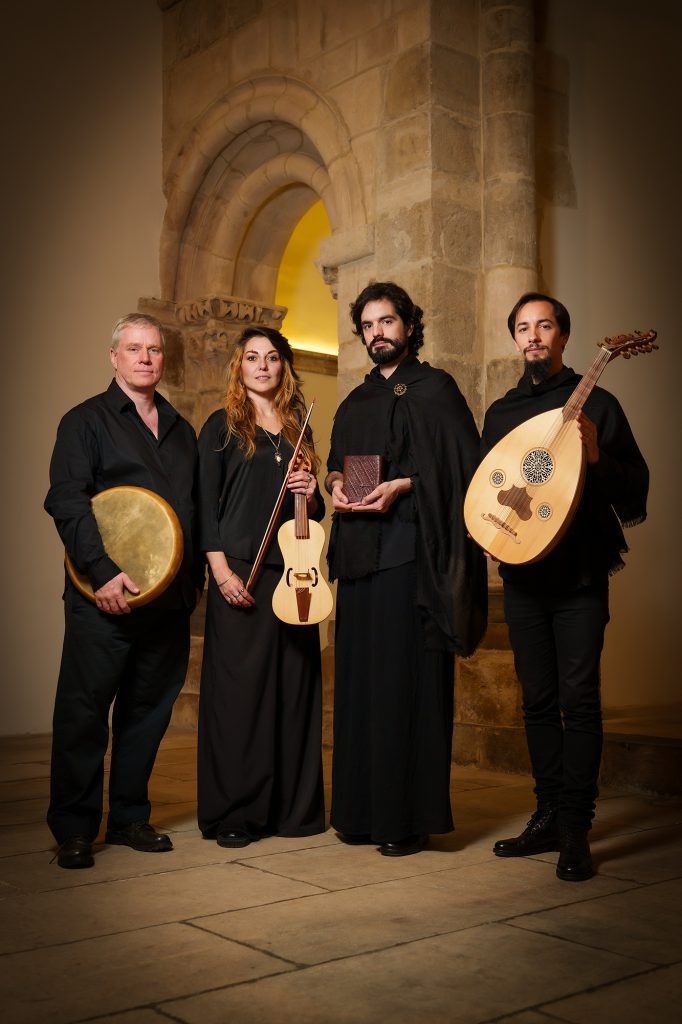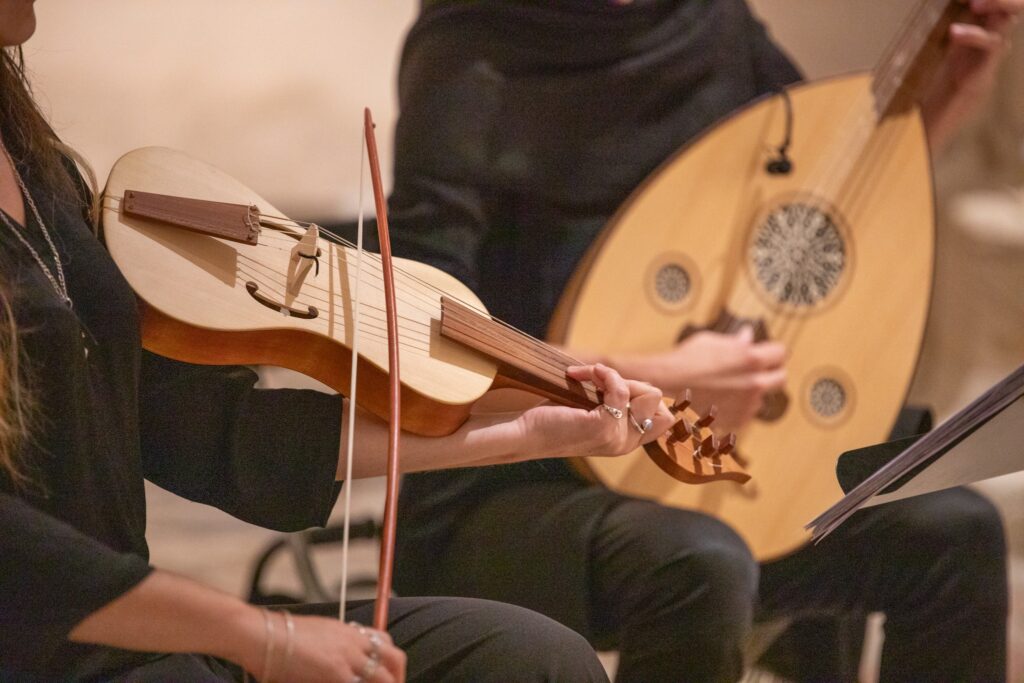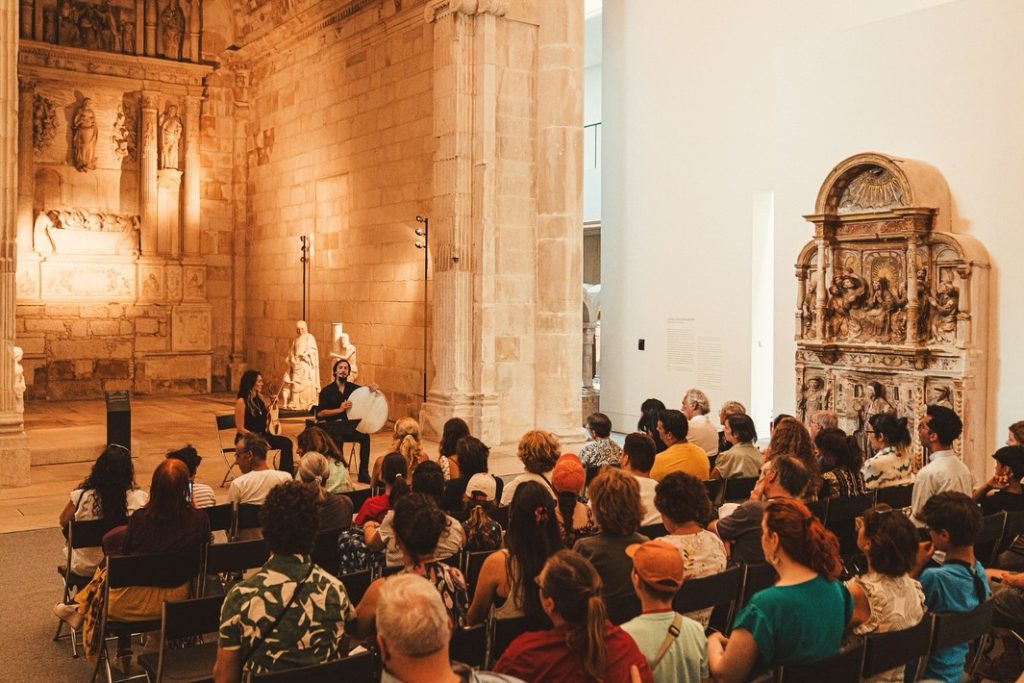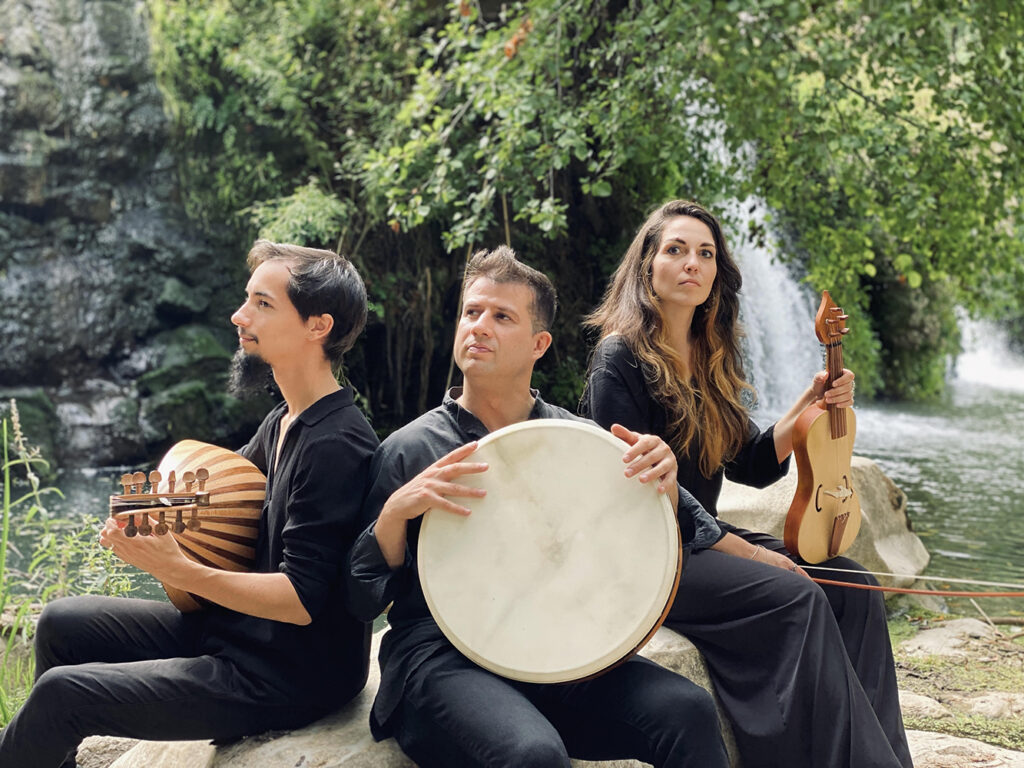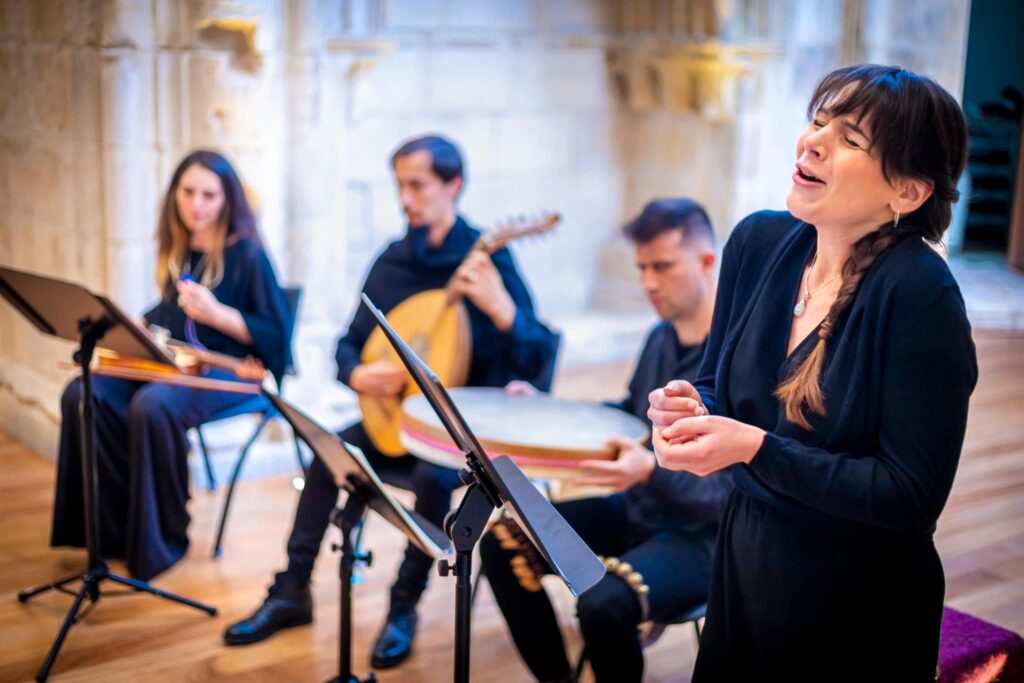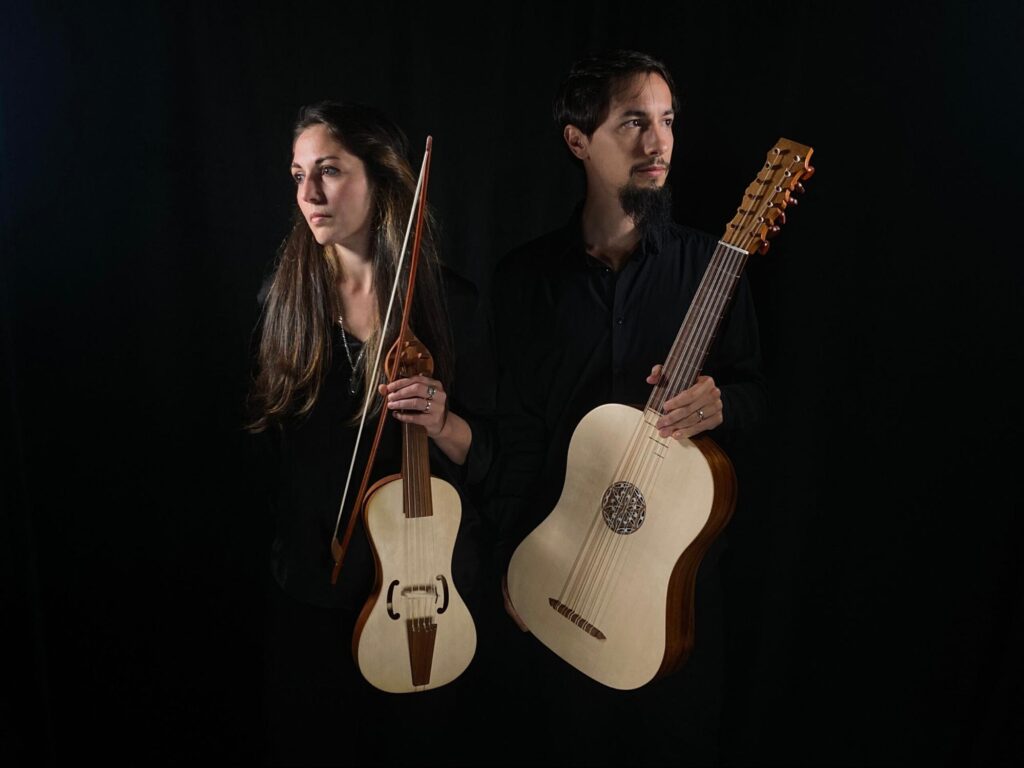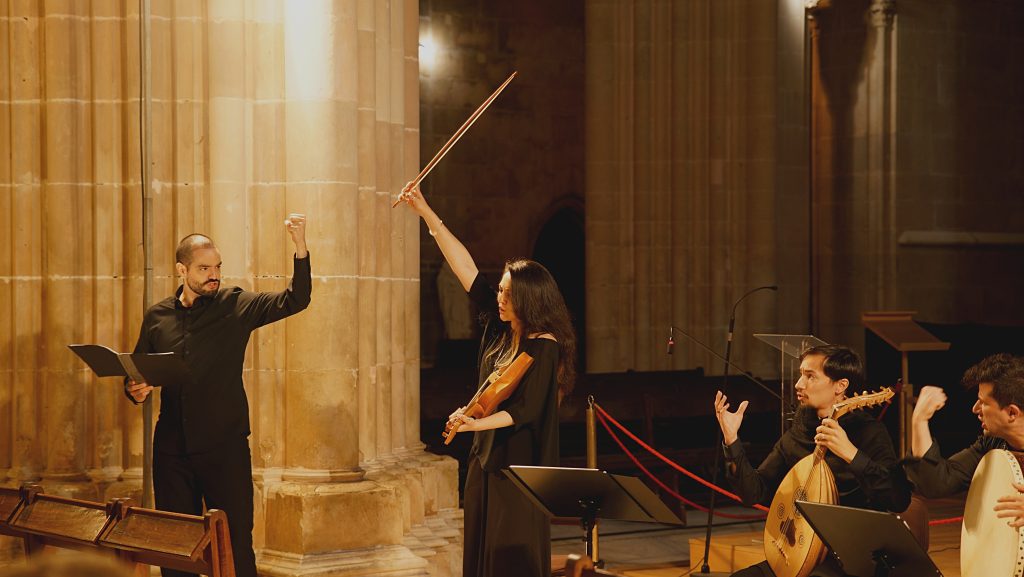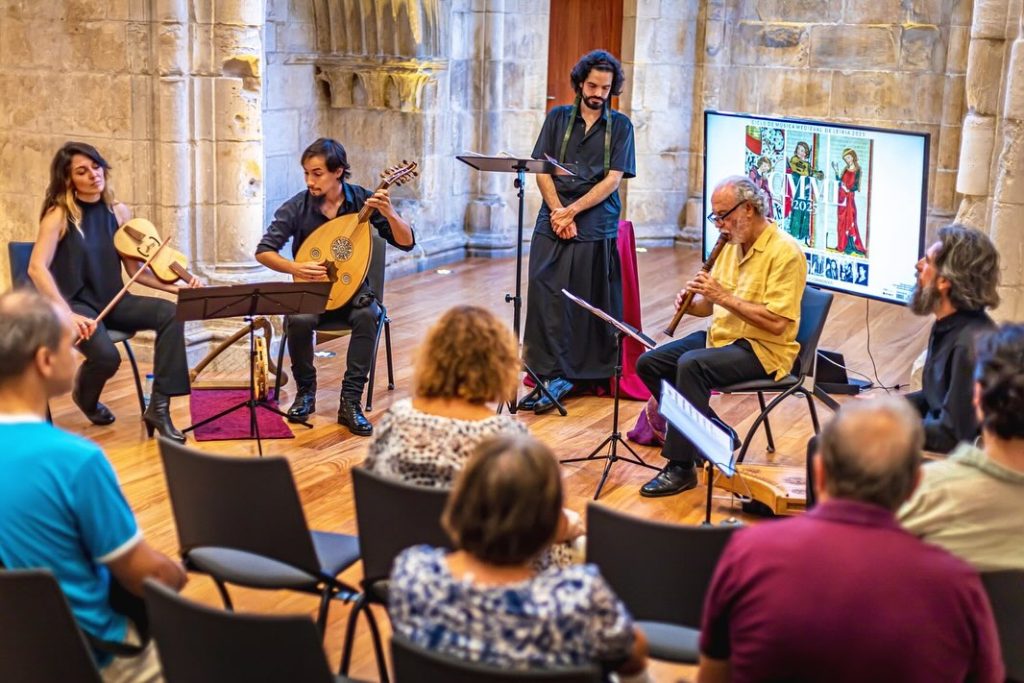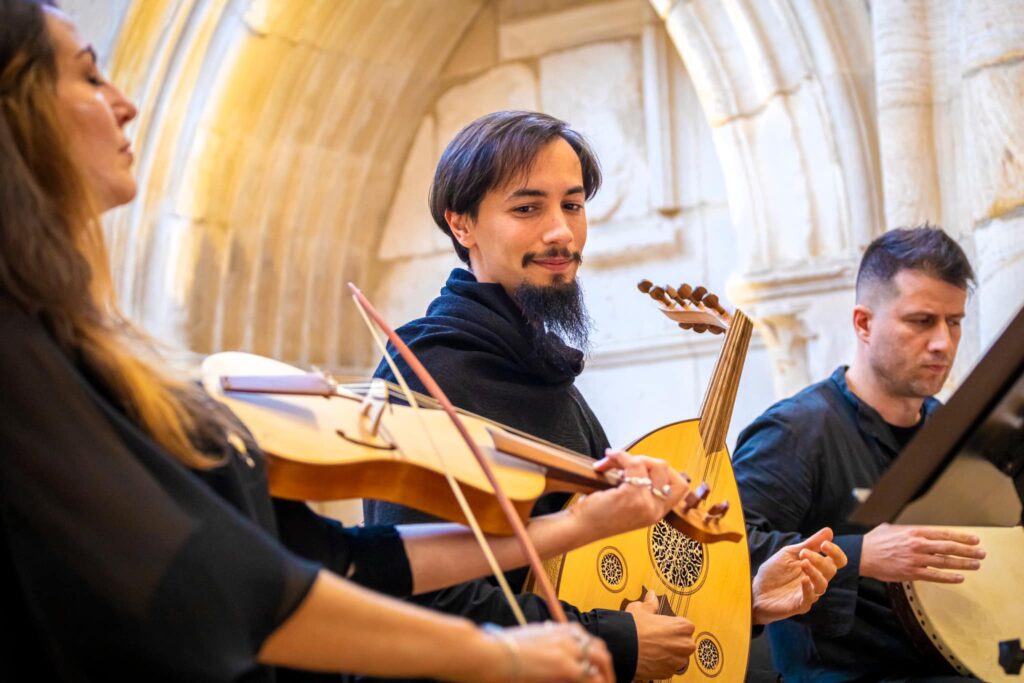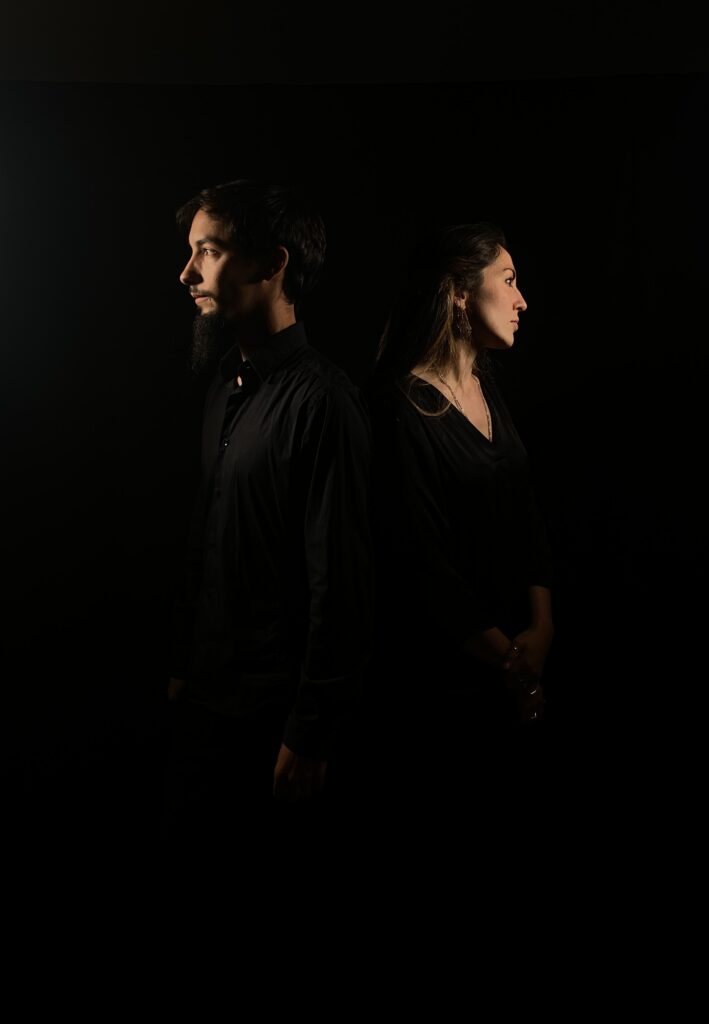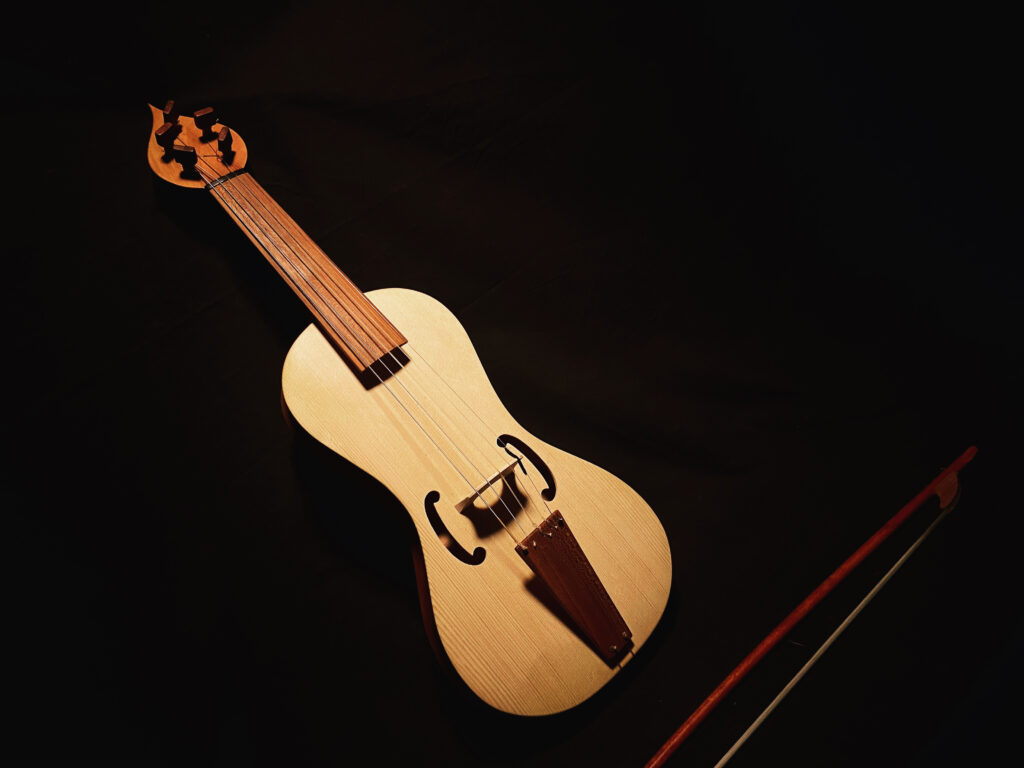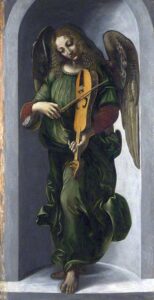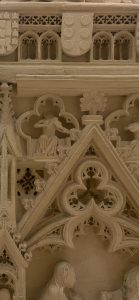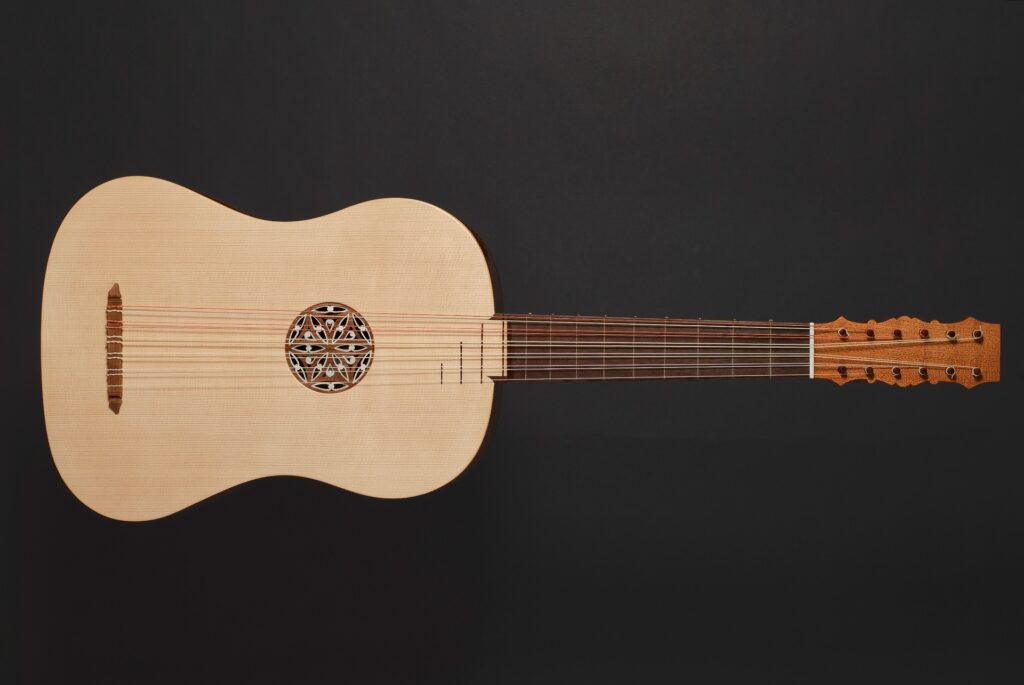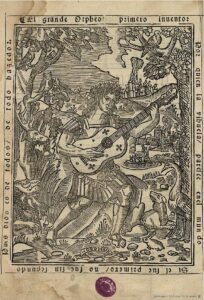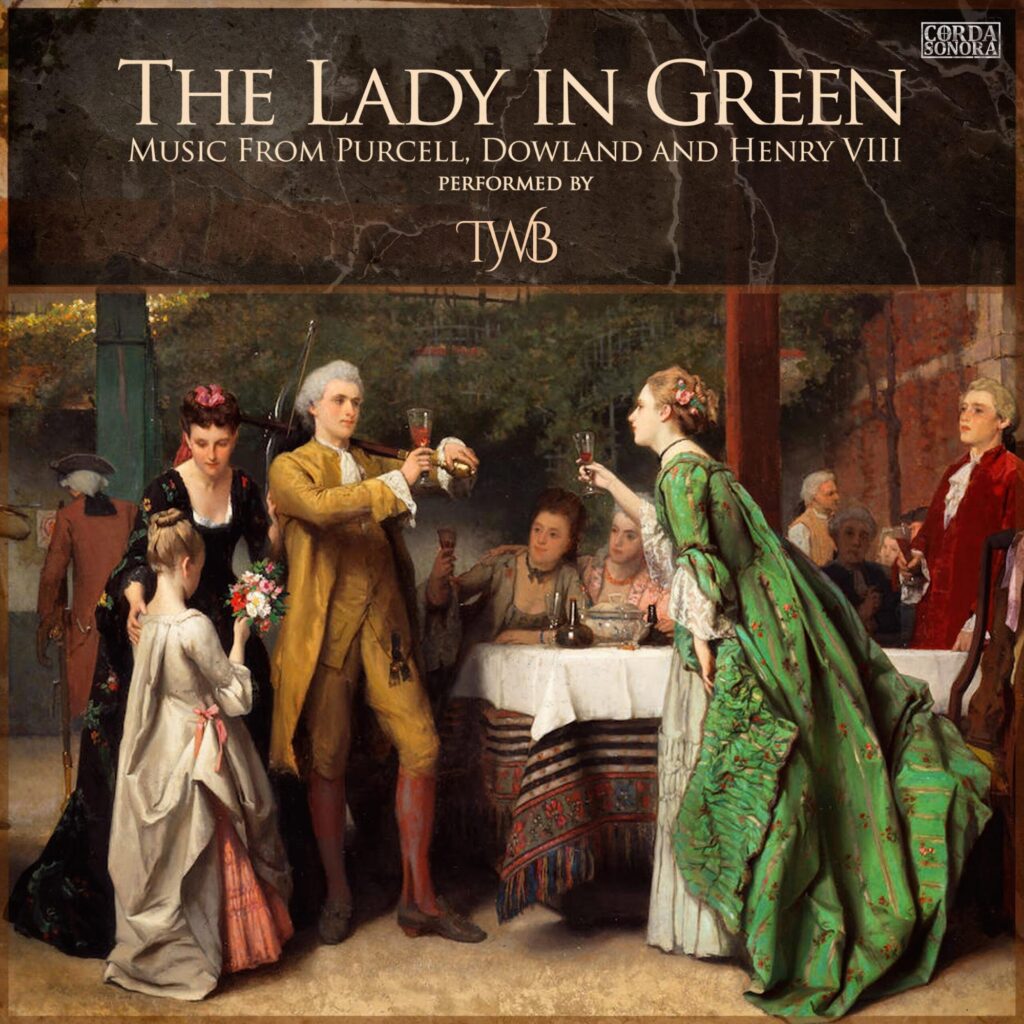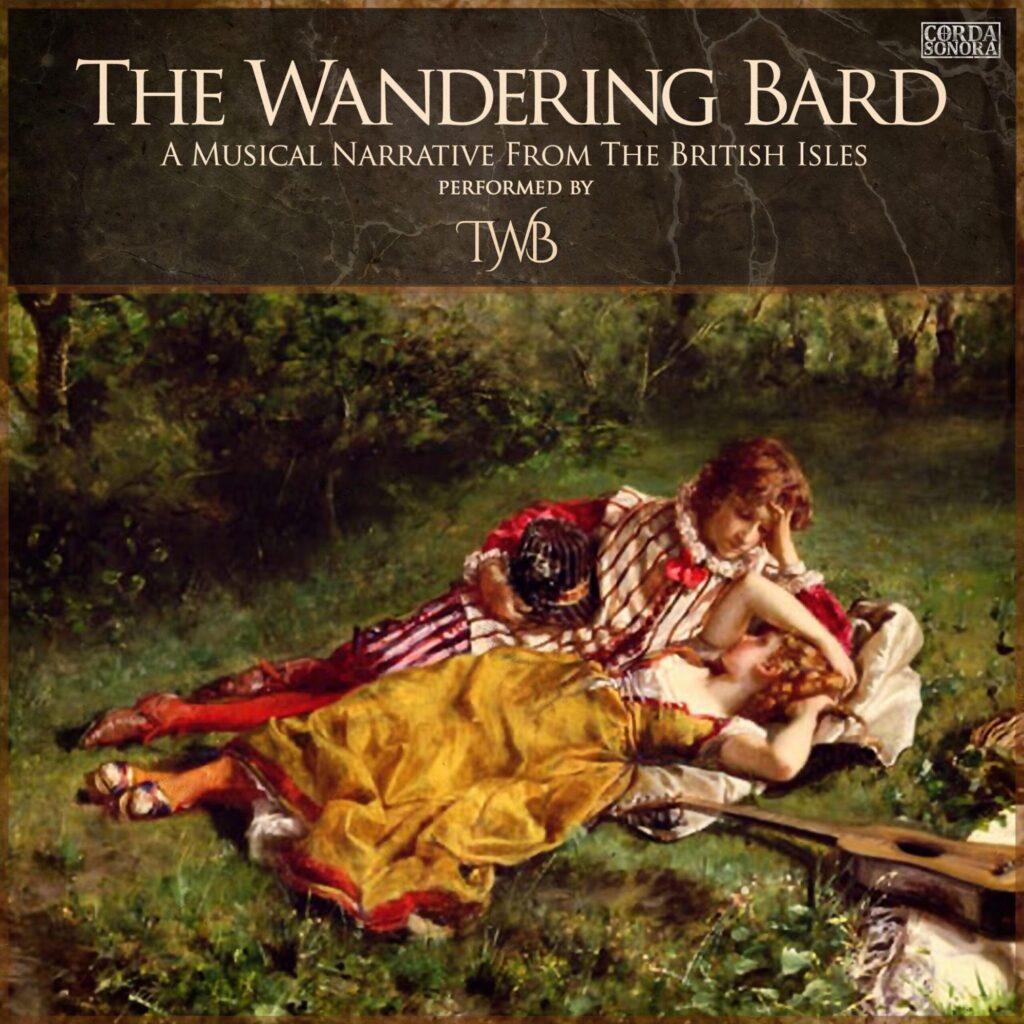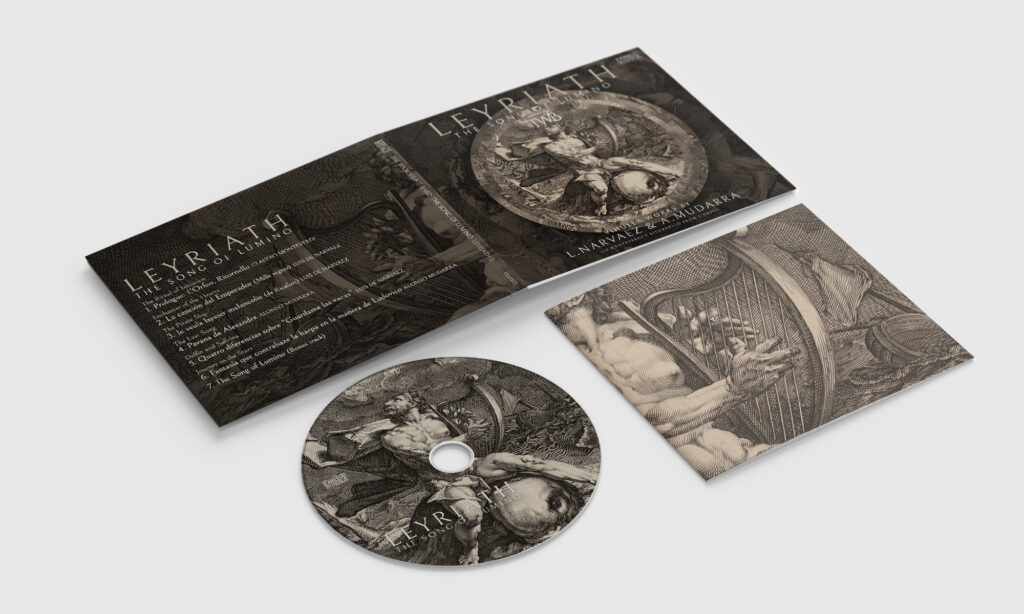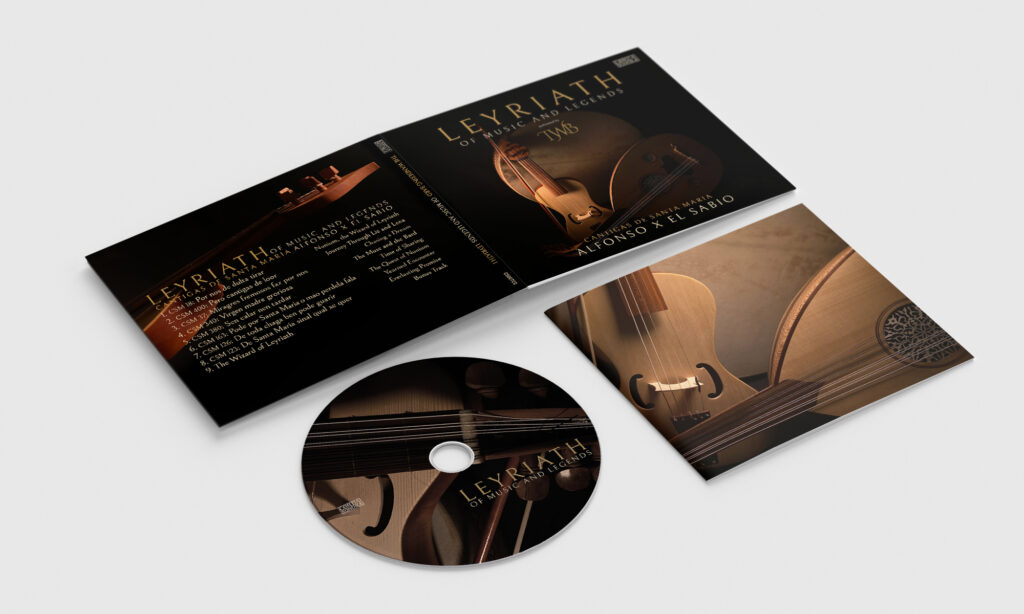The
Wandering
Bard
The Wandering Bard (a.k.a. TWB Ensemble) merges qualities of early music with the everlasting tradition of storytelling. Inspired by the traditions of bards, the ensemble performs their repertoire accompanied by a narrative that ties the beginning of the concert to the end.
The ensemble shapes their arrangements from a historically informed, yet unique approach, in order to blend each musical work with the narrative to form an uninterrupted experience.
Ricardo Alves Pereira’s concept of musical narratives has found a natural home in these performances. Written by him, the narratives told in between the pieces bind individual works together, building an arch over the whole performance. This unique performance technique captures the audience to be part of the tales they tell, some historical and some mythological.
As well as being appreciated highly by the early music society, the TWB Ensemble also succeed at bringing the troubadour experience back to younger audience; thousands of listeners that otherwise would not encounter this 600 to 800 year old music are part of the ensemble’s regular listener profile due to the ensemble’s mythological approach to this wonderful and highly regarded music via their carefully treated arrangements and authentic approach to the magic of the old eras.
The Wandering Bard’s two founding members Esin Yardimli Alves Pereira and Ricardo Alves Pereira create collaborations with each concert set. Their repertory includes pieces from well known early music composers and anonymous contributors of 13th to 18th century who created the basis of western traditional and classical music. The arrangements they perform are unique to TWB ensemble, yet with loyalty to the era the music was written kept intact.
TWB Ensemble have been invited to perform in numerous venues and festivals in the UK, Spain, Portugal and the Netherlands. With all musical arrangements done by the ensemble, the group also gave workshops for arrangement making and forming musical narratives to a selection of choirs which they performed with.
The ensemble has a selection of recordings that can be heard in all major music streaming platforms.

